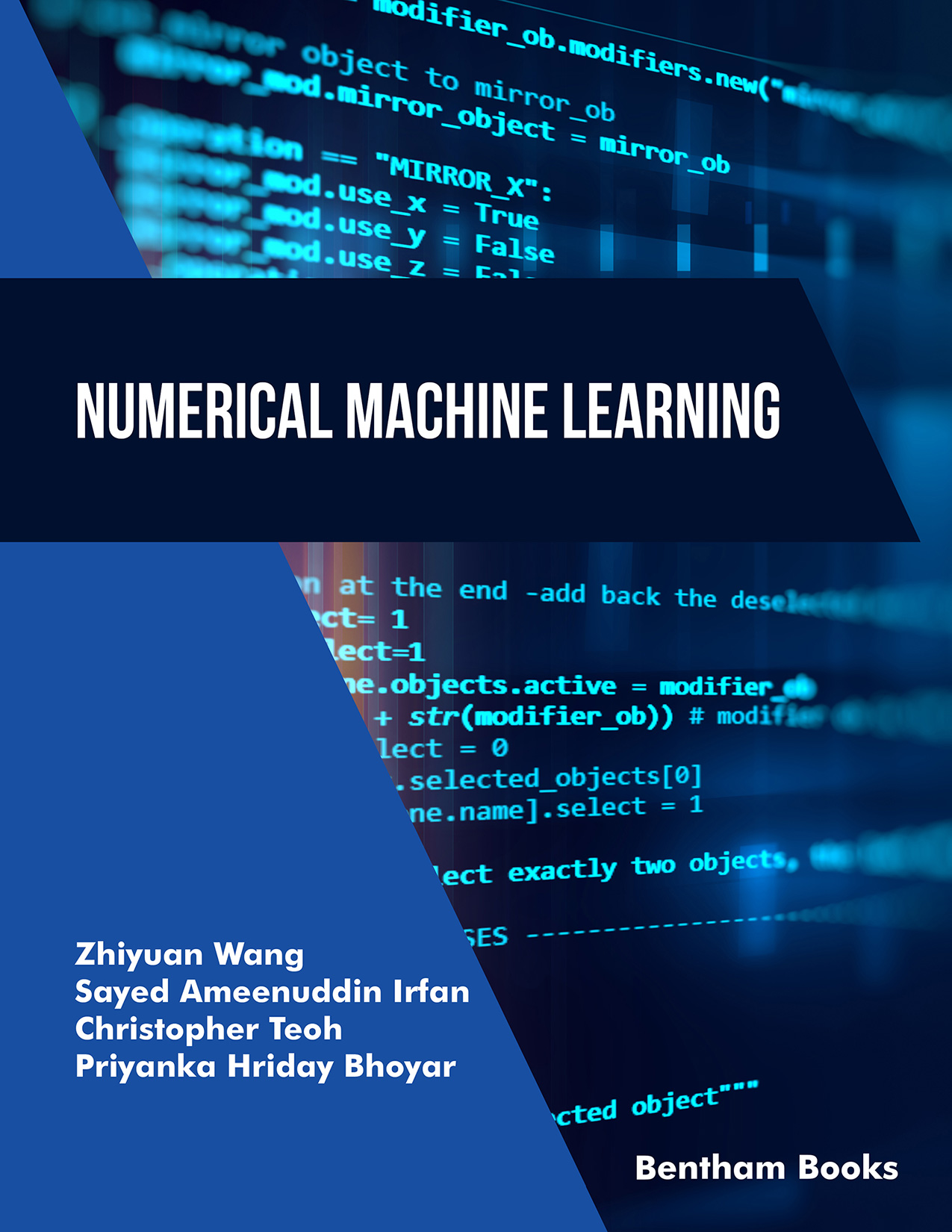In recent years, machine learning has become increasingly popular and pervasive,
with applications ranging from self-driving cars and facial recognition to
personalized website recommendations and stock market forecasting. The
increased availability of data and advancements in computer power have made it
possible to apply machine learning algorithms to a vast array of problems with
impressive outcomes. Machine learning is currently utilized in a variety of areas,
including banking, healthcare, marketing, and manufacturing, and it is anticipated
that it will continue to play a significant role in the development of new
technologies in the future. Consequently, machine learning has emerged as an
essential subject of study for people interested in data science, artificial
intelligence, and related fields. As machine learning continues to evolve and
expand its reach, researchers and practitioners are constantly developing new
techniques and algorithms to address specific challenges or improve upon existing
methods. In this ever-changing landscape, it is crucial for those working in the
field to stay up-to-date with the latest advancements and trends. This includes not
only mastering the fundamental concepts and algorithms, but also understanding
how to adapt and apply them in novel ways to solve real-world problems. By
embracing the interdisciplinary nature of machine learning, and collaborating with
experts from diverse fields, we can accelerate the development of innovative
solutions that have the potential to transform industries, enhance the quality of
life, and create a more sustainable future for all.
From our experiences of teaching machine learning using various textbooks, we
have noticed that there tends to be a strong emphasis on abstract mathematics
when discussing the theories of machine learning algorithms. On the other hand,
in the application of machine learning, it usually straightaway goes to import off-
the-shelf libraries such as scikit-learn, TensorFlow, Keras, and PyTorch. The
disconnect between abstract mathematical theories and practical application
creates a gap in understanding. This book bridges the gap using numerical
examples with small datasets and simple Python codes to provide a complete
walkthrough of the underlying mathematical steps of machine learning
algorithms. By working through concrete examples step by step, readers/students
can develop a well-rounded understanding of these algorithms, gain a more in-
depth knowledge of how mathematics relates to the implementation and
performance of the algorithms, and be better equipped to apply them to practical
problems.
Beginning with an introduction to machine learning in Chapter 1, the remaining
chapters of the book cover seven commonly used machine learning algorithms
and techniques, including both supervised and unsupervised learning, as well as
both linear and nonlinear models. The book requires some prerequisite knowledge
of basic probability and statistics, linear algebra, calculus, and Python
programming. The book is intended for university students studying machine
learning and is used as our primary teaching material for the “Introduction to
Machine Learning” module at DigiPen Institute of Technology Singapore.
In conclusion, we would like to acknowledge Mr. Tan Chek Ming (Managing
Director), Prof. Prasanna Ghali (Provost), Ms. Caroline Tan (Deputy Director),
Ms. Angela Tay (Senior Manager), and all at DigiPen Institute of Technology
Singapore, for their consistent support and help. We also wish to thank a number
of our students (including Nelson Ng, Rhonda McGladdery, Farhan Fadzil, Lim
Li Jia, Musa Ahmad Dahlan, Jeremy Yap, and Seah Jue Chen) for their diligence
in spotting several typographical errors during their course of studies. Also, it has
been a delight working with Bentham's professional editorial and production staff.
We particularly thank Noor Ul Ain Khan, Humaira Hashmi, and Obaid Sadiq for
their consistent, timely, and kind support throughout the development of this
book. Furthermore, we extend our heartfelt appreciation to our families (including
Xiaoyue Cui, Muyuan Wang, Safura Tazeen, Khasim BI, Shirleen Chow, Adler
Teoh, Hriday Bhoyar, Swati Kolkhede, and all) for their unwavering
encouragement throughout the creation of this book. We dedicate this book to
them. The first author, Zhiyuan Wang, would also like to convey special thanks
and appreciation to his Ph.D. advisors, Prof. Zhe Wu, Prof. Xiaonan Wang, and
Prof. Gade Pandu Rangaiah from the National University of Singapore. Although
they were not involved in this book, Zhiyuan deeply cherishes their sincere and
invaluable guidance in his Ph.D. journey, which has helped him become a better
researcher and educator.
Despite our best efforts to ensure the accuracy of the content within this book,
errors may inadvertently persist. If you come across any inaccuracies or
omissions, we kindly request that you bring them to our attention by emailing us
at wangzhiyuan@u.nus.edu. We are committed to rectifying such oversights in future editions and will post corrections on our shared folder in Google Drive:
https://drive.google.com/drive/folders/1FqJvo4ZPazNbEH_GlHFoodqvegnQmHcn
Zhiyuan Wang
DigiPen Institute of Technology Singapore
Singapore
/
National University of Singapore
Singapore
Sayed Ameenuddin Irfan
DigiPen Institute of Technology Singapore
Singapore
Christopher Teoh Chong Keat
DigiPen Institute of Technology Singapore
Singapore
&
Priyanka Hriday Bhoyar
DigiPen Institute of Technology Singapore
Singapore

